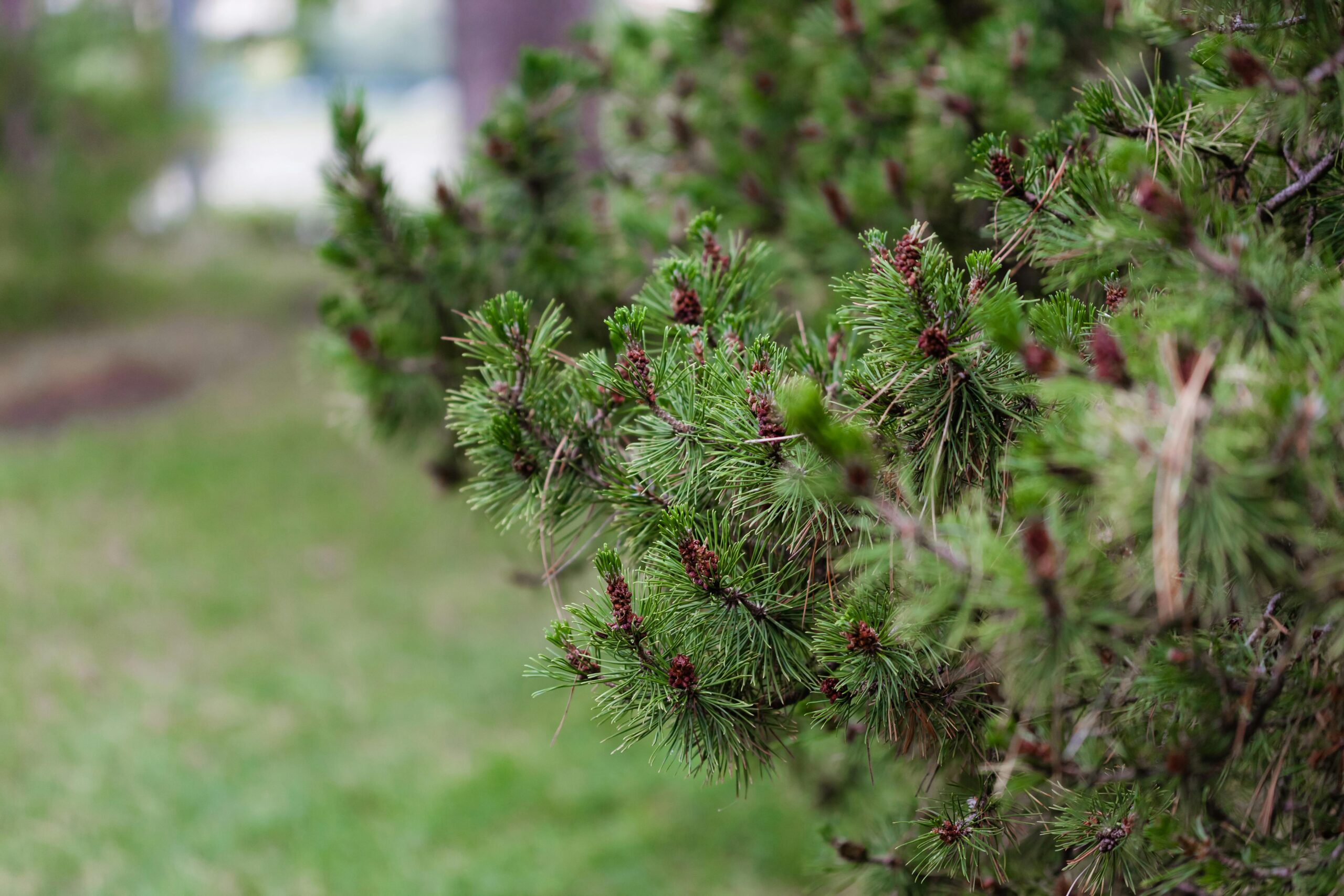The hazel tree is a deciduous tree known for its distinctive leaves, edible nuts, and versatile uses in landscaping and agriculture. According to Dr. Jane Peterson, a leading arborist, “Hazel trees are not only valued for their aesthetic appeal but also for their ecological benefits and commercial importance.” These trees are commonly found across the United States, offering a blend of beauty and functionality in various environments.
Dr. Mark Simmons, a forestry expert, states, “Hazel trees are highly sought after due to their resilience and the high demand for their nuts in the culinary industry.” The growing popularity of hazelnuts, coupled with the tree’s ability to thrive in diverse climates, makes it a valuable asset in the agricultural market.
Characteristics of the Hazel Tree
Hazel trees (Corylus species) are medium-sized, typically reaching heights of 12 to 20 feet. They are characterized by:
- Leaves: Broad, rounded, and serrated with a distinct heart shape.
- Bark: Smooth and brownish-gray, becoming rougher with age.
- Flowers: Male catkins and small red female flowers appearing in early spring.
- Nuts: Encased in a leafy husk, ripening in late summer or early fall.
These features make hazel trees easy to identify and highly desirable for both ornamental and productive purposes.
Identification of Hazel Trees
Identifying hazel trees involves observing several key attributes:
- Leaf Shape and Texture: Hazel leaves are doubly serrated with a hairy underside.
- Growth Habit: Shrubby with multiple stems arising from the base.
- Seasonal Changes: Leaves turn golden yellow in autumn before falling.
- Nut Production: Presence of clusters of small, round nuts.
Experts recommend checking for these features in both natural and cultivated environments to accurately identify hazel trees.
Types of Hazel Trees
There are several types of hazel trees found in the U.S., each with unique characteristics and applications.
- Common Hazel (Corylus avellana):
- Native to Europe but widely grown in the U.S.
- Produces high-quality nuts used in food production.
- American Hazelnut (Corylus americana):
- Native to North America.
- Resistant to local pests and diseases.
- Beaked Hazelnut (Corylus cornuta):
- Recognized for its elongated nut husk resembling a beak.
- Commonly found in forested areas.
Why Are Hazel Trees Expensive?
Hazel trees are considered expensive due to their slow growth rate, high demand for their nuts, and labor-intensive cultivation process. Additionally, factors such as climate adaptability, pest resistance, and the increasing use of hazelnuts in confectionery products contribute to their rising costs.
Pricing of Hazel Trees in the U.S. Market
The table below provides an overview of the average prices of different hazel tree types in the U.S. market:
Pictures of Hazel Trees
For a better understanding of the physical attributes of hazel trees, reference images can be found on official government and university websites such as the USDA and state agricultural extensions.
Conclusion
Hazel trees are a valuable addition to both residential and commercial landscapes due to their aesthetic appeal, ecological benefits, and economic significance. Whether for their ornamental value or nut production, these trees continue to gain popularity across the United States.
References
- USDA Plant Database – https://plants.usda.gov
- Arbor Day Foundation – https://www.arborday.org
- University of Missouri Extension – https://extension.missouri.edu






